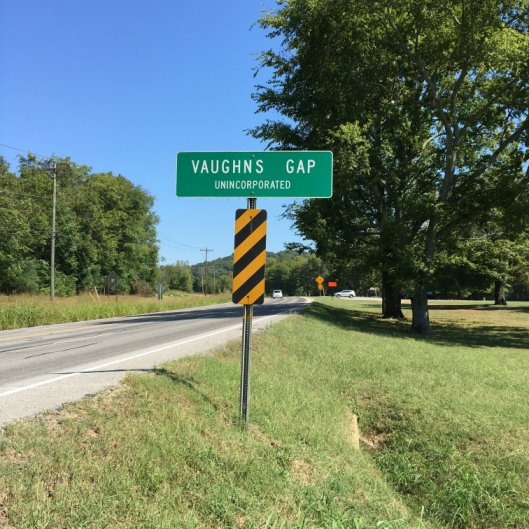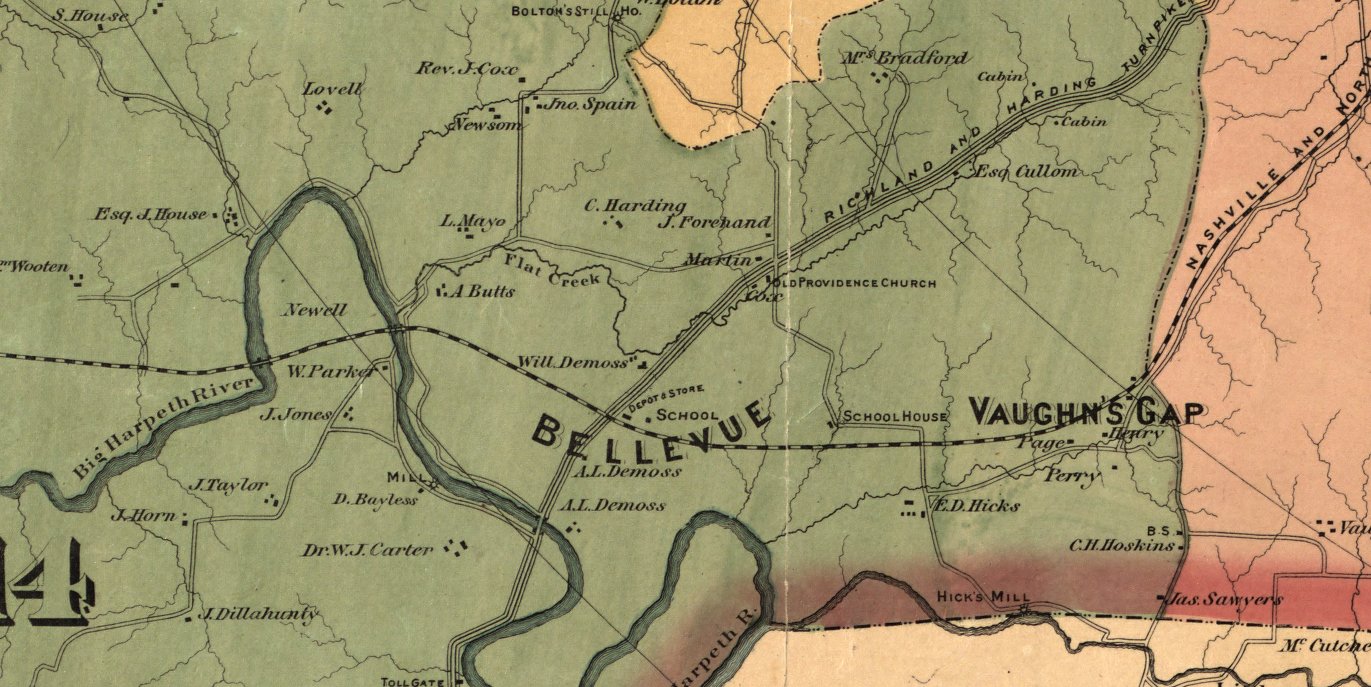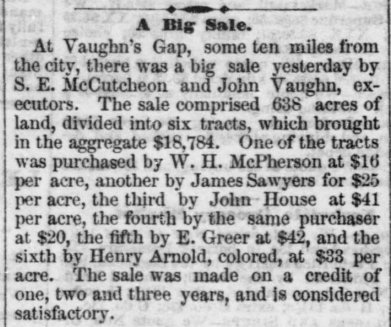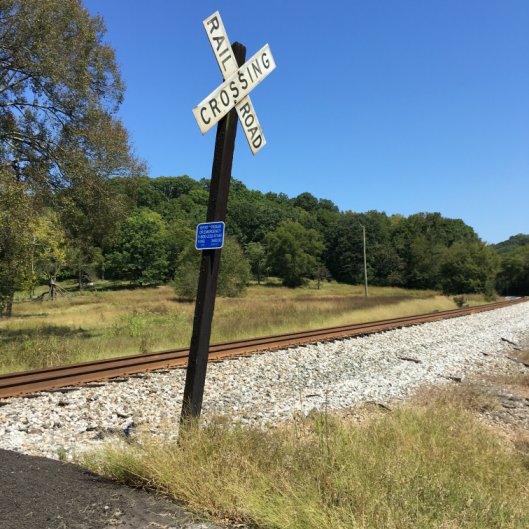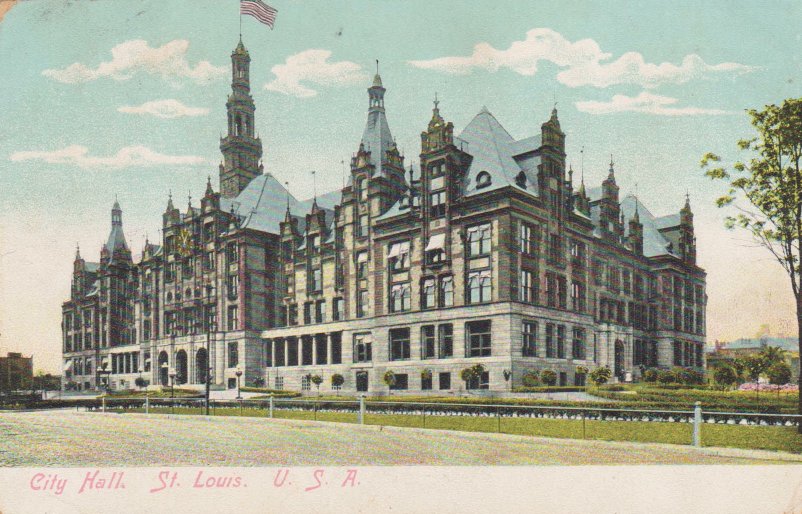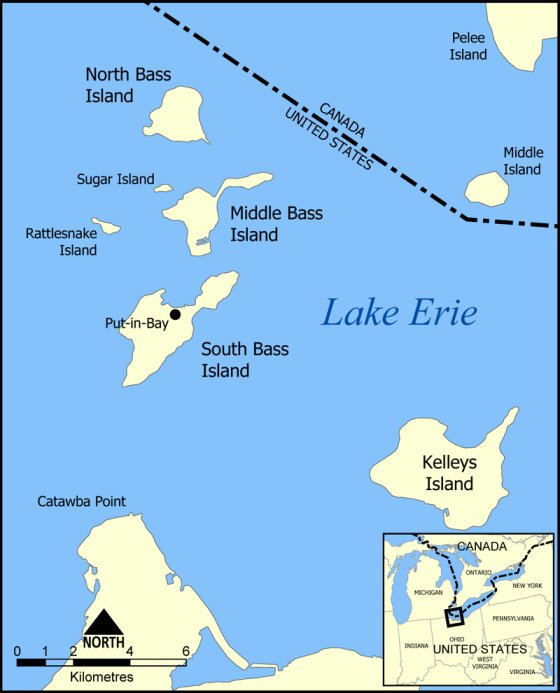Four years ago today, Superstorm Sandy slammed into the United States. The storm made landfall near Brigantine, New Jersey on 29 October 2012, as a post-tropical cyclone. The storm's winds reached 90 mph near Staten Island, New York. It was the deadliest and most destructive hurricane of 2012, and the second most costly hurricane in United States history.
More than two million households in New Jersey lost power. 37 people were killed, and 346,000 homes were damaged or destroyed. The Jersey Shore suffered the most damage. Much of the state experienced flooding.
Before the storm hit, I was very worried about flooding, because much of the town I live in is in a flood zone. Although I did not live in the flood zone, I would still be affected by flooding, because the roads that I would need to take to get to the highways would be closed, and it would be difficult for me to get to work.
My power went out on the night of 29 October 2012. The next day, I was amazed to find out that there was no flooding in my town, but there were many downed trees. Because the whole area had no power, the college where I worked was closed. I had no heat. Thankfully, I at least had hot water. I slept on the couch because I thought it would help to conserve heat if I huddled in a smaller space. My cats Jewel and Harmony stayed close to me. The town community center had a generator, and I went there during the day to keep warm and to charge my cell phone.
I was without power or heat for nearly eleven days. Some areas had their power restored earlier. I went shopping and bought wool socks and long underwear. After the college library where I worked reopened, I stayed at work late, until closing time. I went to the back room after my work day was over, and I used the computer and heated up canned food in the microwave. On my last night without power, there were snow flurries. When I got home from work the next day, I found that my power had finally been restored.
References
Blake, Eric S; Kimberlain, Todd B; Berg, Robert J; Cangialosi, John P; and Beven, John L.
Tropical Cyclone Report: Hurricane Sandy (AL 182012) 22-29 October 2 012. National Hurricane Center.
Effects of Hurricane Sandy in New Jersey
Hurricane Sandy



